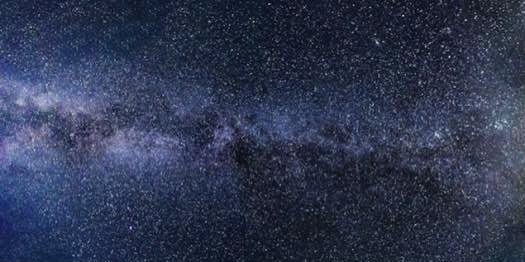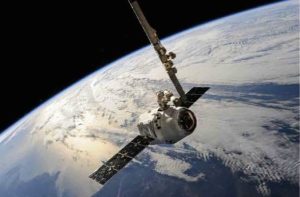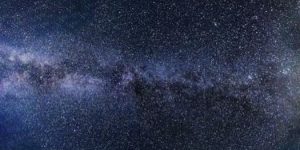
We’ve all heard about the growing problem of space debris. With an estimated 129 million pieces currently orbiting Earth, it’s a pressing issue. A European Space Agency cleanup mission is planned for 2025, but that might not be enough.
New Research Paints a Concerning Picture
A recent study published in Monthly Notices of the Royal Astronomical Society: Letters reveals a worrying trend. Astronomers are struggling to find clear views of the night sky due to the increasing clutter of space objects.
From a Single Satellite to a Mega-Constellation
Think back to 1957, the year the first satellite launched. Today, that number has skyrocketed to over 3,372, orbiting alongside the debris. These “space objects,” as the international research team calls them, range in altitude from a few hundred kilometers to a staggering 35,000 kilometers.
Streaks of Light Disrupting Astronomical Data
These space objects pose a significant threat to astronomical research. They appear as streaks of varying lengths and brightness in telescopes, compromising valuable data collection. John Barentine of the International Dark-Sky Association warns, “This is a wake-up call. As space gets more crowded, the impact on astronomy will only worsen.”
The Race for Space Internet Adds Fuel to the Fire
The growing demand for consumer space travel further intensifies the problem. Companies like SpaceX are launching mega-constellations of satellites to provide global internet access. SpaceX alone has already launched over 1,000 Starlink satellites, with plans for a staggering 42,000 more!
A Future Where Every Telescope Sees Streaks
While faster internet sounds appealing, researchers are worried about the impact on observatories. Currently, they can work around known objects. But the research predicts an exponential increase in satellites, potentially guaranteeing streaks across every telescope on Earth.
A Glowing Sky May Obscure Our View of the Cosmos
Slovakian astronomer Miroslav Kocifaj, part of the research team, fears this space congestion could create an intense background glow. This glow could hinder our ability to observe the deepest reaches of space.
Sustainability Concerns and a Call to Action
The research team highlights a 1979 resolution by the International Astronomical Union. This resolution stated that observatories should be built in areas with minimal light pollution. They argue that private companies’ ambitious plans threaten to exceed sustainable light pollution levels for all observatories.
The study concludes by stating that artificial space objects might already be exceeding a critical threshold for ground-based astronomy.
A Crossroads: Exploration vs. Pristine Skies
Just as we reach further into the cosmos with powerful telescopes, we may be inadvertently blocking our own view. We stand at a crossroads. Can we balance space exploration with the need for a clear night sky, a source of wonder and scientific discovery for millennia?

